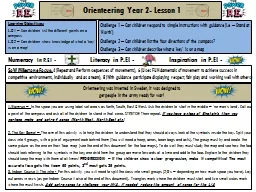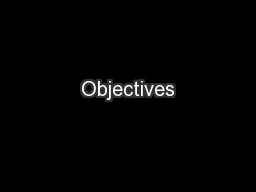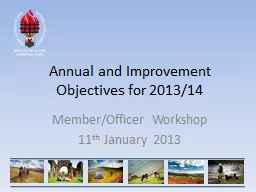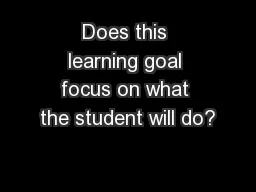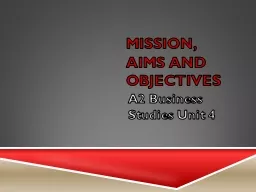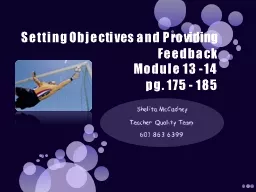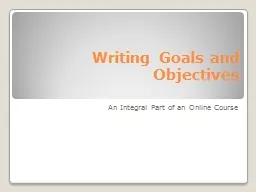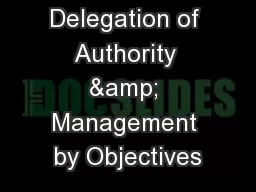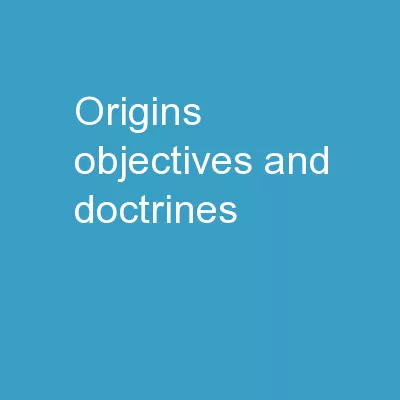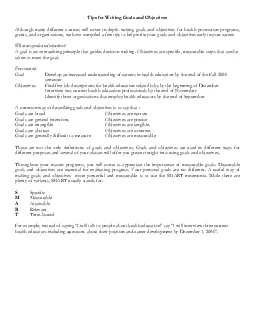PPT-Learning Objectives: L.O 1
Author : trish-goza | Published Date : 2018-02-18
Can children list the different points on a compass LO 2 Can children show knowledge of what a key is on a map Challenge 1 Can children respond to simple
Presentation Embed Code
Download Presentation
Download Presentation The PPT/PDF document "Learning Objectives: L.O 1" is the property of its rightful owner. Permission is granted to download and print the materials on this website for personal, non-commercial use only, and to display it on your personal computer provided you do not modify the materials and that you retain all copyright notices contained in the materials. By downloading content from our website, you accept the terms of this agreement.
Learning Objectives: L.O 1: Transcript
Can children list the different points on a compass LO 2 Can children show knowledge of what a key is on a map Challenge 1 Can children respond to simple instructions with guidance . Learning Objectives A2 Business Studies. Aims & Objectives. Aim:. To understand SMART marketing objectives.. Objectives:. Define marketing objectives and their criteria.. Identify the need for marketing objectives.. Terminology. Breeds. Management Practices. Feeding. Show Preparation. Animal Behavior. Animal Growth and Development. Animal Health. Evaluation. Terminology. Boar. A male of breeding age. Berkshire. Sow. Member/Officer Workshop. 11. th. January 2013. Purpose of the meeting. To agree annual objectives for 2013 to 2014. To identify Improvement Objectives from the above. To identify possible Improvement Objectives for scrutiny review in 2013/14. Objective: Conservation of energy. Yes. No. Depends on context. Does this learning goal focus on what the student will do?. Objective: Conservation of energy. Yes. No. Depends on context. Perhaps instead, . A2 Business Studies. Aims and Objectives. Aim:. Understand HR objectives.. Objectives:. Define Human Resource Management.. Explain what human resource objectives are.. Analyse human resource objective case studies.. A2 Business Studies Unit 4. Aims and Objectives. Aim:. To understand the relationship and conflicts between aims, missions, objectives and strategies.. Objectives:. Discuss the aims and objectives of various businesses.. Module 13 -14. pg. 175 - 185 . Shelita McCadney. Teacher Quality Team. 601.863.6399. Research says…. Setting Objectives and Providing Feedback. *Yields a 23 percentile gain. iBelieve, iPractice. 3. UNCTAD, World Bank and IMF Workshop. Geneva, February 06-10 . 2017. Step 1. Objective. Identify main objectives for public debt management and define the scope of the MTDS. Outcome. Description of the overall objectives for public debt management. An Integral Part of an Online Course. Objectives . for this Presentation. At the end of this presentation you . will:. Identify the essential characteristics of measurable course learning objectives.. Describe the delegation of authority process.. Describe scope of authority.. Define management by objectives.. Explain the importance of preparedness plans and agreements.. Unit Objectives. Authority. Animal Liberation Front. Origins . Hunt Saboteurs Association (HSA)- 1962. John Prestige . Committed to nonviolence. Band of Mercy-1970s. Break away group of HSA (Sabbers). Named after Victorian Youth Wing of the Royal Society for the Prevention of Cruelty to Animals. to Increase Student Learning. Adriana . Brandt. Dee Murray. Angie . Child. Session Objectives. I can explain why establishing learning objectives for each class session is important, and why I should share these with objectives with my students.. Blooms Taxonomy of Cognitive Objectives Blooms taxonomy of cognitive objectives originated by Benjamin Bloom and collaborators in the 1950s describes several categories of cognitive learning These sta
Download Document
Here is the link to download the presentation.
"Learning Objectives: L.O 1"The content belongs to its owner. You may download and print it for personal use, without modification, and keep all copyright notices. By downloading, you agree to these terms.
Related Documents

